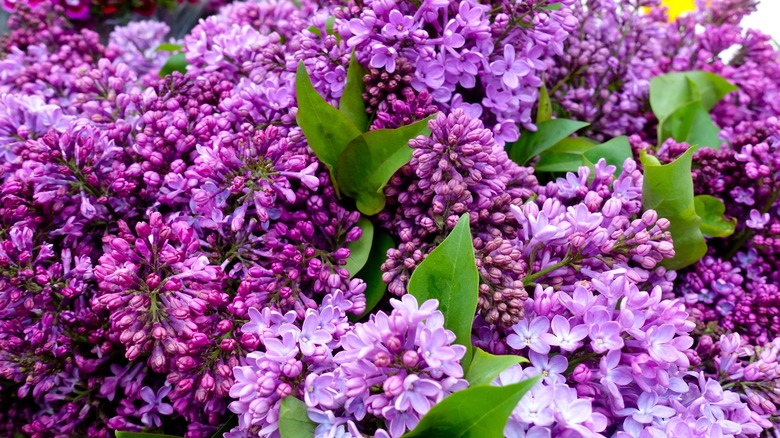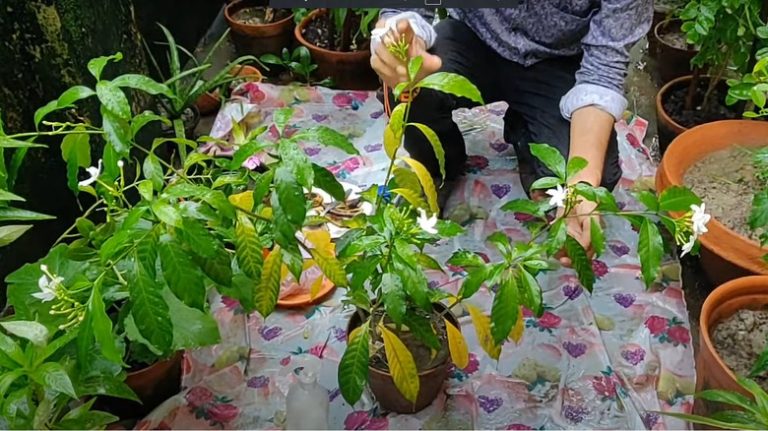Lilacs are known to embellish gardens and interior displays with fragrant flowers in shades of white, pink, or purple. As perennials, these plants are supposed to blossom during the spring and summer and cease during the fall and winter in order to prepare for the next spring’s blossoming. But many gardeners are witnessing their lilacs bloom a second time in the middle of fall, causing confusion as to whether this occurrence will throw off the plants’ natural rhythm of blossoming each spring and entering dormancy each winter. Luckily for lilac parents, this isn’t a sign that your plants are dying or ill. Lilacs may bloom again during the fall if the weather and rain conditions in your area force the plants to enter a second dormancy period during the summer.
While this phenomenon isn’t entirely unusual in parts of the country where summers are growing hotter and rain patterns are unpredictable, this second blooming can have less than positive effects on your plants, usually causing them to produce fewer blooms during the next spring season. While gardeners certainly have no control over the weather, there are some precautions they can take to prevent this second blossoming from occurring, ultimately preparing the flowers to yield the most blooms possible each spring. Here’s a better look at why lilac plants bloom a second time during the year and what measures gardeners can take to try to prevent this from happening.
Fall blossoming may produce fewer blooms next spring

Lilacs may produce another round of blooms during the month of October in the Northern states, where they’re most common, likely as a response to harsh environmental conditions that they were previously exposed to. To understand why, it’s important to account for the role dormancy plays in a plant’s life cycle and overall development. Lilac plants enter a period of dormancy during the winter to prepare to bloom from mid-spring to early summer. This dormancy period protects the plant from succumbing to extreme circumstances, allowing it to conserve energy until conditions outside become more mild and tolerable.
In some lilac-dominant climates, summers are becoming too sweltering for the plants to remain “awake” without suffering from high temperatures or the absence of water, causing them to instinctually enter an additional state of dormancy during some of the hottest months of the year. Once the weather cools down in the fall, lilacs wrap up their dormancy period and bloom until winter’s arrival.
This second blooming can confuse lilacs and usually results in these plants producing fewer blossoms the following spring. While many factors that induce this additional dormancy period can be controlled, like exposure to drought, disease, or poor pruning habits, others are simply unavoidable, like the consistently rising temperatures across the globe accredited to climate change. Following proper pruning protocols and keeping plants manually irrigated and treated for diseases can reduce your chances of an autumn blossoming period, but these measures aren’t foolproof.


